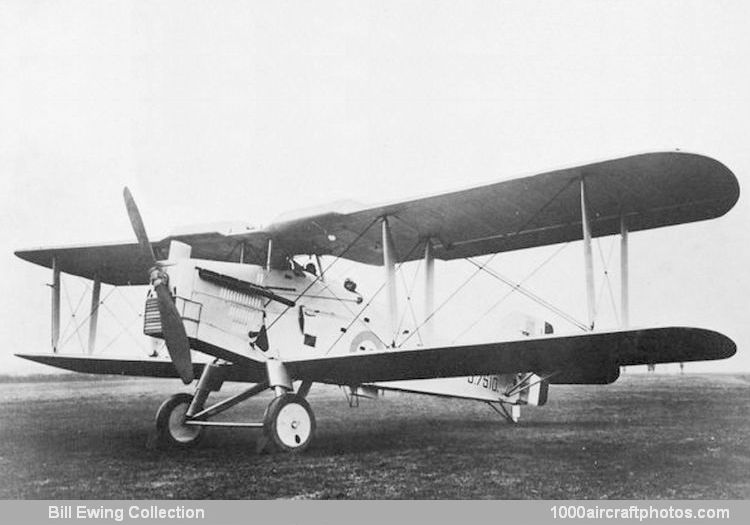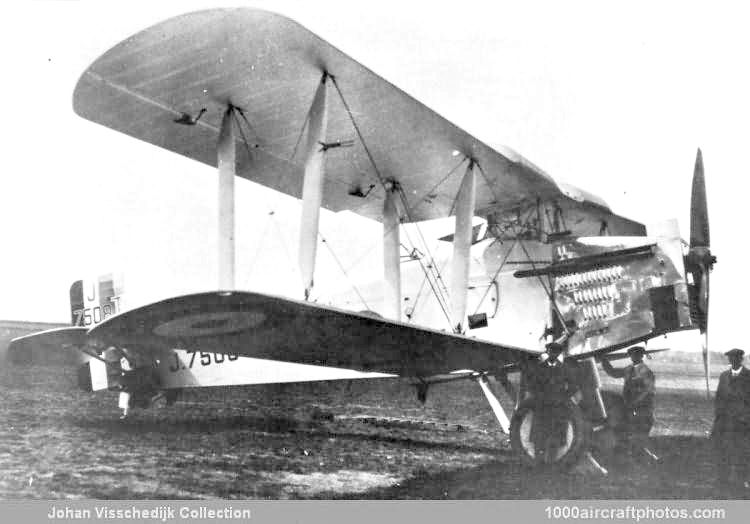09/30/2011. Remarks by Johan Visschedijk: "Westland was one of the British manufacturers which, in August 1923, received a copy of Air Ministry Specification 26/23, calling for a two-seat long-range day bomber for the RAF. It was considered to be important by Westland, representing the company's first post-war opportunity to design and tender for a new military aircraft, a field of manufacture in which they were anxious to become established.
The resulting design, which had to be based around a single 650 hp Rolls-Royce Condor III twelve-cylinder liquid-cooled V-engine, was of sufficient interest for three prototypes to be contracted. This, however, represented only a first minor victory, for designs which the Air Ministry received from the Bristol, Handley Page, and Hawker companies were also selected for prototype construction and subsequent competitive evaluation. These resulted respectively in the Bristol Berkeley, Handley Page H.P.28 Handcross, and Hawker Horsley.
The Westland Yeovil, as the company named their contender, was a large two-bay biplane with ailerons on upper wing only and a narrow-chord lower wing, the conventional tail plane was braced. Two open cockpits in close proximity seated the pilot forward and gunner/observer aft. Armament consisted of one forward-firing synchronized Vickers machine gun, one Lewis gun on Scarff ring mounting in aft cockpit, and up to 520 lb (236 kg) bombs. It had a non-retractable tail skid landing gear with main wheels carried on shock-absorber struts, with N-type struts beneath the fuselage to mount and brace the axle frame. The fuel tanks were mounted on the top surface of upper wing, one each side of center section.

